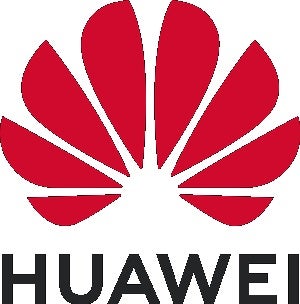Sponsored by:

China Mobile tapped Huawei’s pre-integrated MEC solution and automated processes to deliver edge-based B2B and B2C services, and to reach partial independent system-level decision-making by 2025 – one step below a fully autonomous driving network.
- China Mobile’s metro-based B2B and B2C services use a pre-integrated MEC service delivery architecture to address scale and reliability across data centers.
- China Mobile targets level 4 automation (partial independent system level decision-making) by 2025 – one step below a fully autonomous driving network (level 5) .
This blog provides insights into China Mobile’s 5G network transition to accelerate deployment of B2C, B2B2C and B2B use cases using a network automation to improve operational efficiency.
Key MEC Issues and Solutions
China Mobile’s objective was to support both B2B and B2C services with a common architecture. and provide high-scale computing at the large regional centers as well as distributed data centers located in edge equipment rooms.
China Mobile set out to identify and implement solutions for specific sets of services to various customer groups, including the following:
| Types of services | Technical Solutions |
|---|---|
| B2C/B2B2C services include HD live broadcast, gaming, and virtual reality (VR); require high bandwidth and low latency. | Huawei’s MEC platform provided local resources while maintaining centralized policy and service management. Control-plane functions are deployed at regional data centers while user-plane functions are deployed in edge equipment rooms. |
| Private network services require high bandwidth and low latency, MEC, and traffic separation. | Multiple services can share the same MEC using network slicing and DNN-based traffic steering for cost-effective connections and computing. |
| Financial or governmental use cases require higher security, traffic separation, and lower latency, not achievable with a shared MEC deployment model. | Deploy dedicated MEC platforms located on customer premise for physical separation and the highest level of service isolation per and security. |
Network Automation Objectives
China Mobile was faced with multiple issues related to deployment of MEC-based services given the breadth of services and geographical challenges; automation was critical for success.
| Automation and Resiliency Hurdles | Automation Solution |
|---|---|
| China Mobile faced unprecedented demand for MEC-based services, but traditional deployment models introduced unacceptable delays in time-to-service. | Huawei’s pre-integrated MEC solution reduced time to deployment and time-to-service. |
| Enterprise device upgrade times needed to be shortened to minimize service disruptions. | Huawei’s integrated upgrade solution shortened upgrade times from around five days to one day, enabled edge device upgrades within one night, and reduced operational impacts. |
| Separated network control and user planes deployed in high-scale regional data centers place higher reliability requirements on network. | Huawei’s N-way hot backup redundancy solution with validated eight-level redundancy capabilities, minimized network downtime. |
MEC and Automation Achievements
China Mobile leveraged MEC and network automation to transform its network to support mass-scale edge-based services for business and consumer use cases.
| MEC and Automation | Network Achievements |
|---|---|
| China Mobile introducing AI to drive O&M and provide faster service deployment. | Huawei’s ADN – iMaster MAE-CN provided intelligent perception, diagnosis, prediction, and control using ML to detect network status, monitor KPIs, and resolve network issues. |
| China Mobile leveraged pre-integrated MEC platforms to reduce time to activate new sites, and keep pace with customer demands. | Deployed 600+ MEC platforms and reduced installation time of edge sites to within 47 minutes (down from 2 weeks), achieving plug-and-play operation. |
| China Mobile needed greater flexibility to address more exacting B2B requirements for connectivity, bandwidth, latency, and reliability; requiring high levels of automation. | China Mobile plans to reach network automation level 4 by 2025, and leverages a combination of its 5G SA Core, MEC, intelligent management (ADN – iMaster MAE-CN), and close relationship with Huawei. |
Conclusion
China Mobile is in a leading position to promote and deliver B2C and B2B services, given its investments in network technologies, engagement in 5G standards, and alliances with vendors and ecosystem partners. Deployment experience with MEC and network automation address issues such as complexity and reliability help it reach network automation level 4 by 2025 (with individual systems making decisions).

